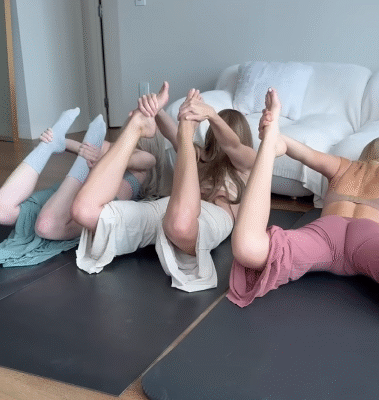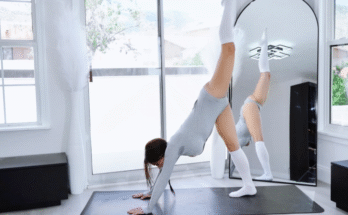
In the modern world where sedentary lifestyles and long hours of sitting dominate daily routines, lower back pain has become a common complaint. Yoga offers a natural and effective solution to address this discomfort. One of the most effective methods to relieve lower back pain is through the use of deep stretching poses designed specifically to target and release tension in the lower back. This article delves into the benefits, proper techniques, and variations of the Deep Lower Back Stretch Yoga Pose, helping both beginners and experienced yogis find relief and flexibility.
Why Focus on the Lower Back?
The lower back, or lumbar spine, supports much of the body’s weight and is intricately connected with the hips, hamstrings, and abdominal muscles. When any of these areas are tight or weak, the lower back often compensates, leading to stiffness or pain. Yoga, especially poses that focus on deep stretching, can alleviate tension, increase blood flow, and improve posture, all of which contribute to long-term spinal health.
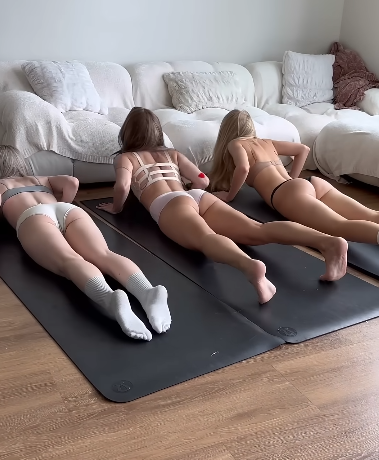
Understanding the Deep Lower Back Stretch Yoga Pose
The term “Deep Lower Back Stretch Yoga Pose” isn’t a formal Sanskrit-named asana, but it generally refers to a combination of poses and stretches that deeply target the lower lumbar region. A few well-known poses that can be considered deep lower back stretches include:
- Child’s Pose (Balasana)
- Supine Twist (Supta Matsyendrasana)
- Sphinx Pose
- Thread the Needle Pose
- Reclined Pigeon (Figure Four Stretch)
- Extended Puppy Pose (Uttana Shishosana)
In this article, we will focus on one of the most effective positions for a deep lower back release: a combination of Reclined Twist with Knee Hug and Extended Child’s Pose.
Step-by-Step: Deep Lower Back Stretch Yoga Pose
1. Start with a Warm-Up
Before diving into a deep stretch, it’s important to prepare the muscles and joints.
- Begin in a seated position with gentle forward bends and side stretches.
- Perform a few rounds of Cat-Cow Pose (Marjaryasana-Bitilasana) to loosen the spine.
- Engage in gentle hip circles and stretch the hamstrings with Downward Facing Dog.
2. Reclined Twist with Knee Hug
This pose releases tension from the lumbar spine and helps in spinal alignment.
How to Perform:
- Lie flat on your back with your legs extended.
- Draw your right knee into your chest, interlacing your fingers around the shin.
- Gently pull the knee toward your right armpit while keeping your shoulders grounded.
- Take a deep breath in. On the exhale, guide your right knee across your body toward the left side, allowing your torso to twist.
- Extend your right arm to the side and gaze to the right.
- Hold for 5–10 breaths, allowing the spine to unwind.
- Repeat on the other side.
Benefits:
- Deep spinal twist aids in detoxification.
- Alleviates lower back and sciatic pain.
- Massages internal organs, improving digestion.
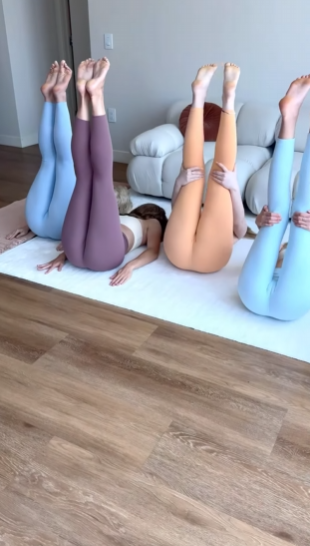
3. Extended Child’s Pose (Deep Version)
This relaxing forward bend provides a deep stretch for the spine and back muscles.
How to Perform:
- Begin on all fours (Tabletop Position).
- Bring your big toes to touch and spread your knees wide apart.
- Sit your hips back toward your heels.
- Extend your arms forward on the mat, lowering your chest and forehead down.
- Breathe deeply into your lower back, allowing your hips to sink and the spine to lengthen.
- For a deeper version, walk your hands further forward or place a block under your forehead to support a longer hold.
Benefits:
- Deeply stretches the lumbar spine and hips.
- Relieves tension from the back, shoulders, and neck.
- Encourages a sense of calm and introspection.
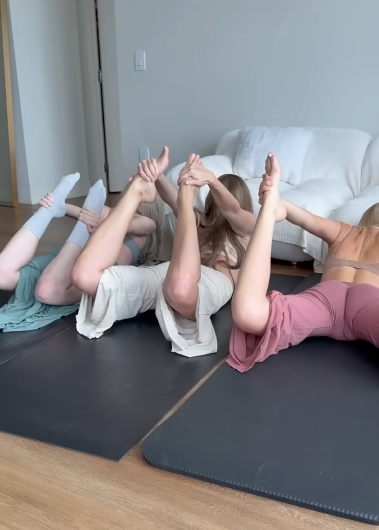
Tips for a Safe and Effective Practice
- Use Props: Yoga blocks, bolsters, or folded blankets can enhance your stretch without overstraining.
- Engage Core Muscles: Even in passive poses, lightly engaging the core can protect the spine.
- Breathe Mindfully: Deep, slow breaths help release muscular tension and invite deeper relaxation.
- Stay Within Limits: Do not force your body into a deeper twist or stretch than it allows. Yoga is a practice of patience.
- Hold for Time: In restorative versions of deep lower back stretches, hold each pose for 1–3 minutes to allow the connective tissues to release.
Common Mistakes to Avoid
- Rushing Through the Pose: A deep stretch takes time. Enter slowly and give your body time to adjust.
- Forcing a Twist: Let gravity do the work during twists. Avoid pulling your knee too hard or lifting the shoulder off the ground.
- Collapsing in Child’s Pose: Keep some engagement in your arms and core to avoid over-sinking into your shoulders or hips.
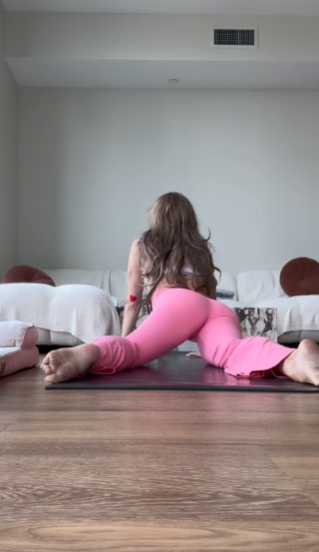
When to Practice
- Morning Practice: Great for loosening up stiffness after sleeping.
- Evening Practice: Ideal for winding down and releasing tension built up during the day.
- Post-Workout: Helps reduce soreness and improve recovery time.
Additional Poses to Complement Lower Back Stretch
For a more comprehensive lower back routine, consider adding the following:
- Bridge Pose (Setu Bandhasana): Builds lower back strength and stability.
- Happy Baby (Ananda Balasana): Opens hips and decompresses spine.
- Legs Up the Wall (Viparita Karani): Relaxes lower back while aiding circulation.
Mind-Body Connection
Yoga is not just physical. The lower back is often associated with emotional stress, especially connected to security and stability. Deep lower back stretching in a mindful, relaxed setting can also provide emotional release. Use your breath and intention to invite softness and healing into this region.
Try affirmations during your practice such as:
- “I release all tension from my lower back.”
- “I am grounded and supported.”
- “I trust the process of healing.”
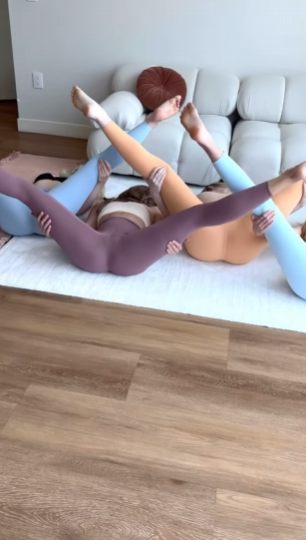
Final Thoughts
The Deep Lower Back Stretch Yoga Pose is more than just a physical remedy; it’s a gentle, nourishing gift to your spine, muscles, and emotional well-being. Incorporating this pose—or a series of complementary poses—into your daily or weekly routine can help alleviate lower back pain, improve mobility, and promote a sense of calm and balance.
Whether you’re dealing with chronic lower back pain, recovering from strenuous activity, or simply seeking to unwind from a long day, this pose offers a powerful, restorative solution. Remember, consistency is key, and even a few minutes of mindful stretching each day can lead to profound changes in how your body feels and functions.
Let your breath guide you into stillness. Let your body melt into the floor. And allow your spine to sigh in relief. Namaste.
